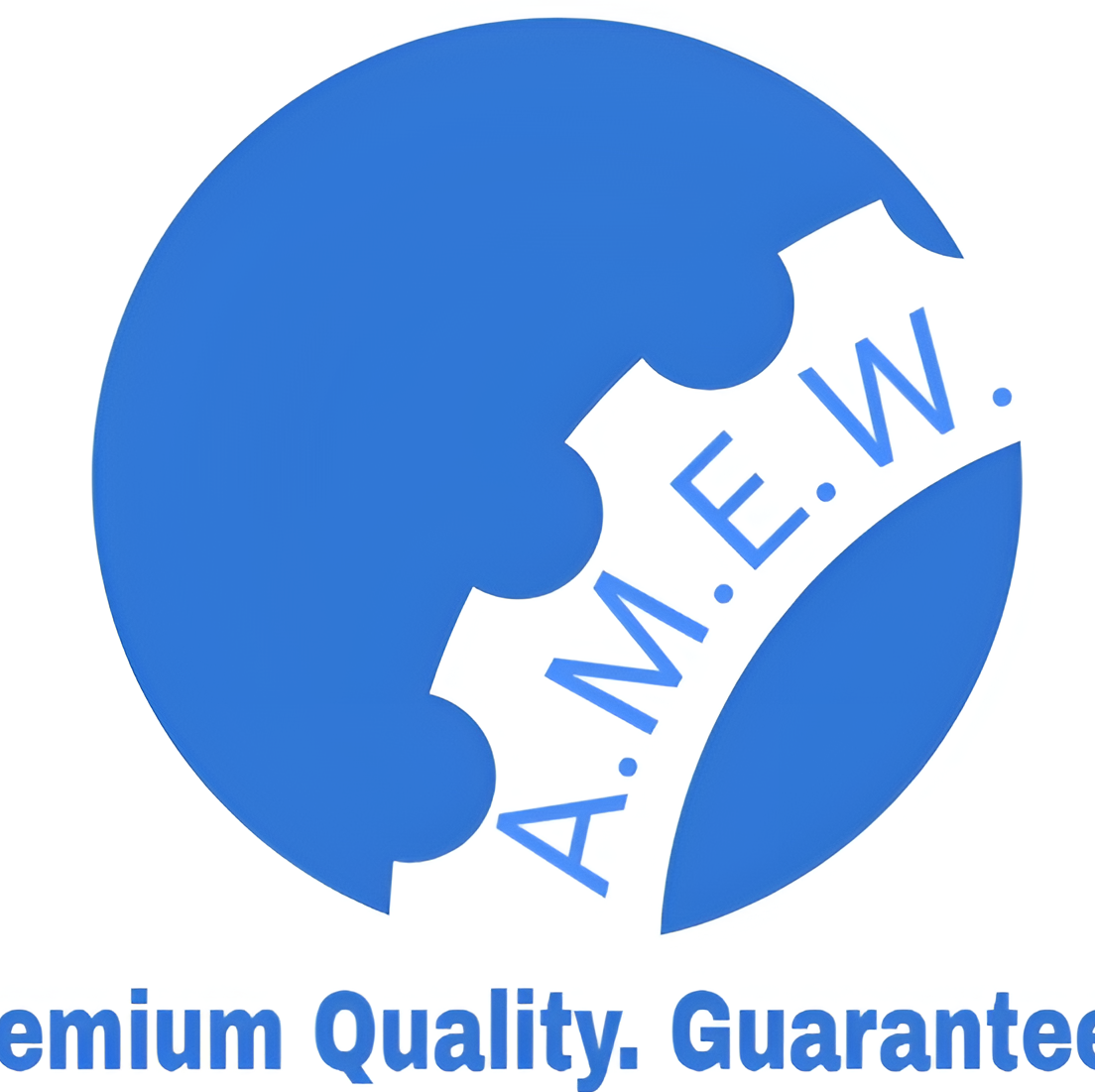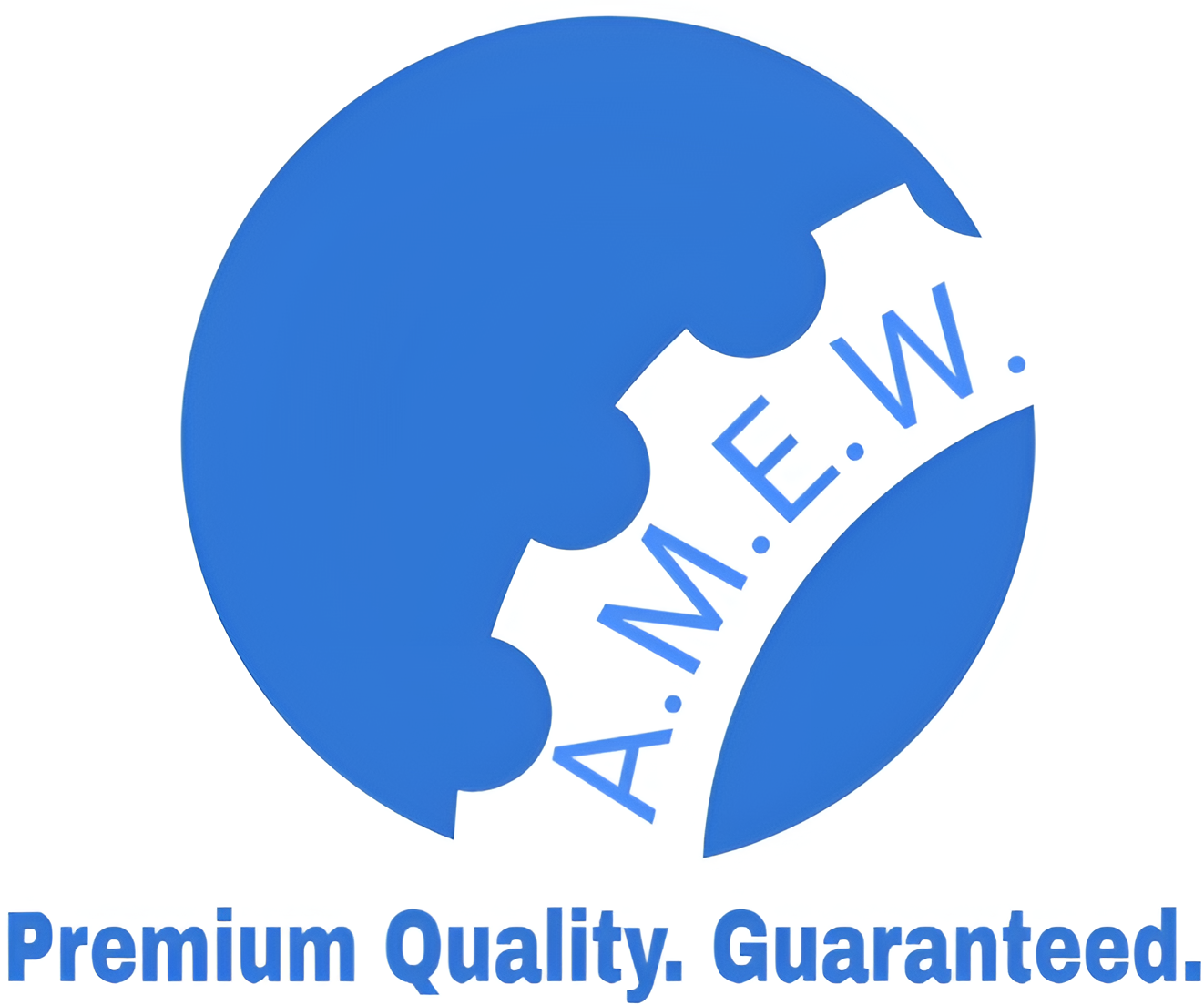Choosing the Best Stainless Steel Tubes SS 321, 347, and 904L
Stainless steel tubes are vital to numerous industries, from oil and gas to aerospace, construction, and beyond. Among the myriad of available grades, SS 321, 347, and 904L stand out due to their unique characteristics, mechanical properties, and corrosion resistance.
But how do you decide which grade suits your needs best? This blog unpacks these grades, their compositions, applications, and key advantages to help you make an informed choice.
Understanding SS 321, 347, and 904L Tubes
Each of these stainless steel grades comes with a unique blend of characteristics, making them suitable for specific needs.
- SS 321 is stabilized with titanium, which enhances its resistance to intergranular corrosion and weld decay. It’s ideal for high-temperature service.
- SS 347 uses niobium (or columbium) to provide similar intergranular corrosion resistance as SS 321 but with improved high-temperature strength.
- SS 904L is an austenitic stainless steel with high chromium, nickel, and molybdenum content, offering excellent pitting corrosion resistance and performance in harsh environments.
Whether you’re managing elevated temperatures or combating corrosive environments, these grades bring their own strengths to the table.
Chemical Composition and Mechanical Properties
The chemical makeup and mechanical attributes determine how each grade performs under diverse conditions.
|
Grade |
Key Elements |
Yield Strength (MPa) |
Tensile Strength (MPa) |
|---|---|---|---|
|
SS 321 |
~17% Cr, ~9% Ni, ~0.7% Ti |
240–275 |
515–750 |
|
SS 347 |
~18% Cr, ~11% Ni, ~0.8% Nb |
240–275 |
515–750 |
|
SS 904L |
~20–23% Cr, ~25% Ni, ~4% Mo |
220–240 |
490–680 |
SS 904L stands out with its higher molybdenum content, providing exceptional resistance to chloride environments. On the other hand, SS 321 and SS 347 are better suited for high-temperature settings due to their stabilization against carbide precipitation.
Corrosion Resistance
Corrosion resistance is often the top priority when selecting stainless steel tubes.
- SS 321 and SS 347 offer good resistance to oxidation and corrosion in high-temperature environments. They are both designed to prevent intergranular corrosion after welding.
- SS 904L exceeds both in performance, especially in acidic and chloride-rich conditions, thanks to its high molybdenum content. This makes it perfect for seawater, chemical processing, and other harsh environments.
When dealing with extreme chemicals or harsh environmental conditions, SS 904L is often the preferred choice.
Applications in Various Industries
- SS 321 is heavily used in the aerospace and power generation industries, particularly in exhaust manifolds and high-temperature equipment.
- SS 347 finds applications in petrochemical industries for reactors, pressure vessels, and heat exchangers due to its higher creep strength.
- SS 904L is widely employed in chemical processing, desalination plants, and the pharmaceutical sector, particularly for handling aggressive chemicals.
Each grade adapts to industry-specific needs, showcasing their versatility.
Welding and Fabrication Guidelines
The weldability and fabrication processes differ between these stainless steel grades.
- SS 321 and SS 347 are relatively easy to weld and fabricate due to their stabilized nature, reducing risks of cracking and sensitization. Pre-heating is often unnecessary, but post-weld heat treatment can enhance durability.
- SS 904L requires more sophisticated welding techniques due to its high nickel and molybdenum content. Using filler metals with matching properties ensures optimal seam strength and corrosion resistance.
Proper techniques ensure the stainless steel’s properties remain intact during manufacturing.
Advantages and Disadvantages of Each Grade
|
Grade |
Advantages |
Disadvantages |
|---|---|---|
|
SS 321 |
Excellent for high-temperature applications, resists weld decay |
Limited in highly corrosive environments |
|
SS 347 |
Better high-temperature strength compared to SS 321 |
Slightly costlier than SS 321 |
|
SS 904L |
Exceptional corrosion resistance, suitable for aggressive chemical exposure |
High cost, requires advanced welding and fabrication |
By weighing these pros and cons, businesses can align their material choice with their operational priorities.
Case Studies or Real-World Examples
- SS 321 in Aerospace
Used in jet engine components, SS 321 withstands sustained high temperatures without losing mechanical strength.
- SS 347 in Petrochemicals
Many petrochemical companies rely on SS 347 for pipeline systems that operate under high pressure and temperature.
- SS 904L in Desalination
Coastal regions use SS 904L in desalination plants to combat the high salinity and prevent pitting corrosion efficiently.
These real-world examples showcase the practical value of each grade in challenging operational environments.
Future Trends and Developments
The demand for stainless steel tubes is shifting towards innovation and sustainability.
- Advanced Alloys: Efforts are being made to enhance corrosion and thermal fatigue resistance beyond what SS 321, 347, and 904L currently offer.
- Sustainability: Recyclable grades and eco-friendly processing are gaining prominence.
- Cost-Effective Fabrication: Enhanced welding techniques are being developed to reduce production costs.
Staying updated with these trends ensures that businesses remain competitive while making long-term investments.
Choosing the Right Stainless Steel Tube
Navigating between SS 321, 347, and 904L can seem daunting, but understanding their unique advantages simplifies this process. Your choice should depend on your requirements for temperature resistance, corrosion resistance, and cost-effectiveness.
Need help picking the perfect grade for your next project? Contact our team of specialists today to find the ideal solution tailored to your needs!

